WORLD TRAVEL NEWS ARTICLE
GERMANY
'The German Riviera'
‘Oh I do like to be beside the seaside’ goes the song. Gillian Thomas certainly enjoyed her visit to the seaside on the German Riviera.
My afternoon was a cornucopia of delights. A huge creamy cake, an effortless cycle ride by the sea and a relaxing facial, all rounded off with a candlelit dinner.

Kühlungsborn
My husband and I were staying in Kühlungsborn on the Baltic coast in Mecklenburg, the north-east corner of Germany, an area newly-named as the ‘German Riviera’. Yes, Germany really does have a seaside riviera.
The first delight was 'Kaffee und Kuchen' (coffee and cake), a commendable German institution at the Röntgen cafe. From a mouth-watering array of creamy gateaux I chose a slice of Sanddorn cake. This is a local speciality, made with the tangy juice of the orange buckthorn berries which thrive on the Baltic dunes.

Kühlungsborn seafront
Duly fortified, we hired bikes to explore, cycling along the seafront cycle-path which stretches westwards for four kilometres from the town's new marina. Beside it the beach’s fine silky sand looks like soft brown sugar.
Laid out on it are neat lines of ‘Strandkörber’. Part-sunlounger, part-windbreak, these colourful wickerwork armchairs seating two are a characteristic feature of North-German beaches. Invented in Kühlungsborn in 1882, they give perfect protection from even the strongest Baltic breezes.
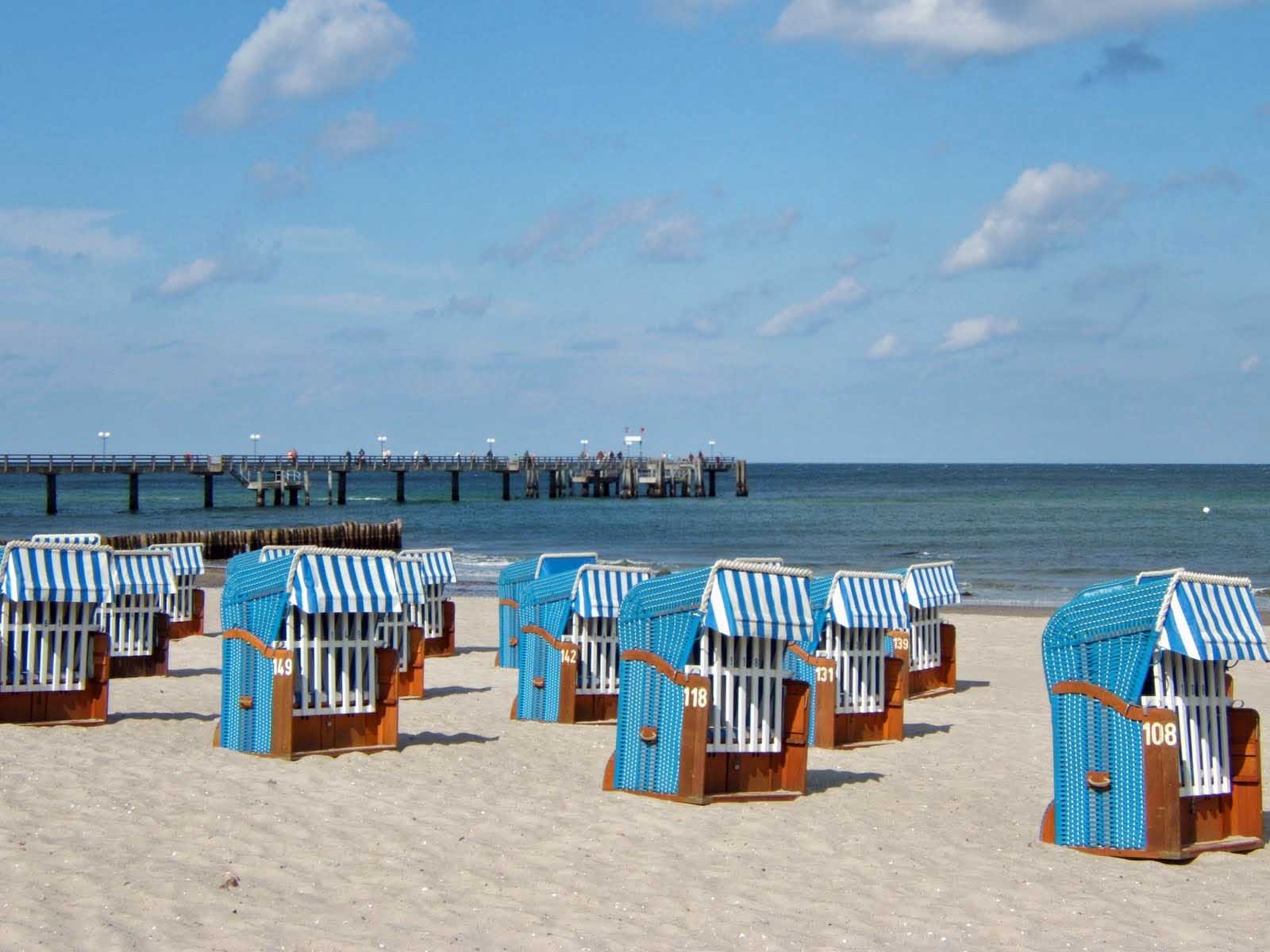
The Strandkörber - wicker beach chairs
The promenade is bordered by a 25-metre wide strip of beech woods which provides shelter for the line of small hotels on the other side of the seafront road, all gleaming white. Many are listed buildings, being prime examples of German seaside villa architecture from the turn of the 20th century. They were left untouched and unloved while the area was part of East Germany after the Second World War.
Since reunification in 1989 the buildings have been sympathetically renovated, retaining their original arched windows, fancy towers and intricate balconies. As a result they provide accommodation with modern comforts as well as plenty of character. Many are family-run, like the three-star Polar-Stern where we stayed.

Kühlungsborn beach and dunes
My second treat that afternoon was that the bicycles we hired were no ordinary ones as they had battery-powered motors, a new trend in the area, which kicked in at the slightest incline. This enabled us to ride effortlessly, even in a strong headwind, along a cycle track, one of many, which led uphill to a lighthouse perched 100 metres above the sea. From it, there were extensive views over the Baltic and the peaceful farmland and woods inland.
Back in town again, our next treat was to be pampered in the Weststrand hotel's new spa: an ‘anti-stress’ algae facial for me as an antidote to the afternoon’s sun and wind, a hot chalk-mud wrap for my husband. Just what we needed after our pedalling, even if some of the time it was battery-assisted.
Rounding off a memorable day, we indulged in a candlelit dinner in the hotel’s Wintergarten (conservatory) enjoying grilled Baltic cod and roast medallions of wild boar, both local dishes. Fresh fish features everywhere, though the Bulow Restaurant at the Polar-Stern specialises in prime American steak.
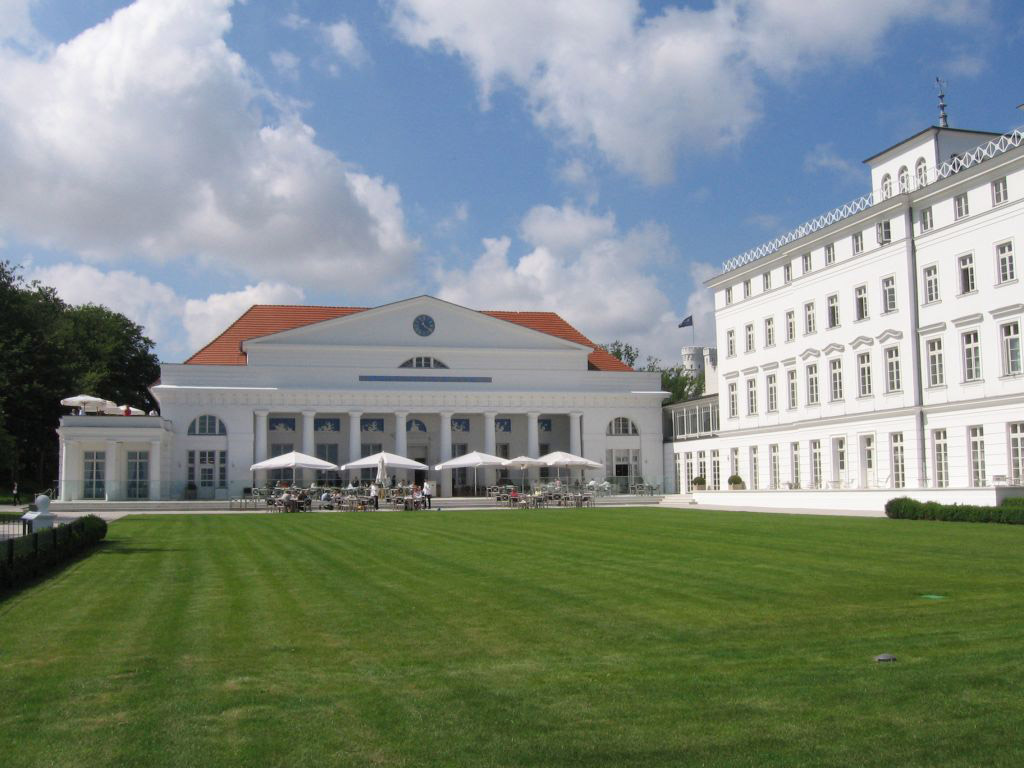
The Grand Hotel
A few miles eastwards along the Baltic coast at Heiligendamm is the German Riviera’s most impressive spa hotel, the Grand, a group of three gleaming white buildings surrounded by gardens. The G8 leaders met there in 2007 and earlier it was a favourite with Hitler.
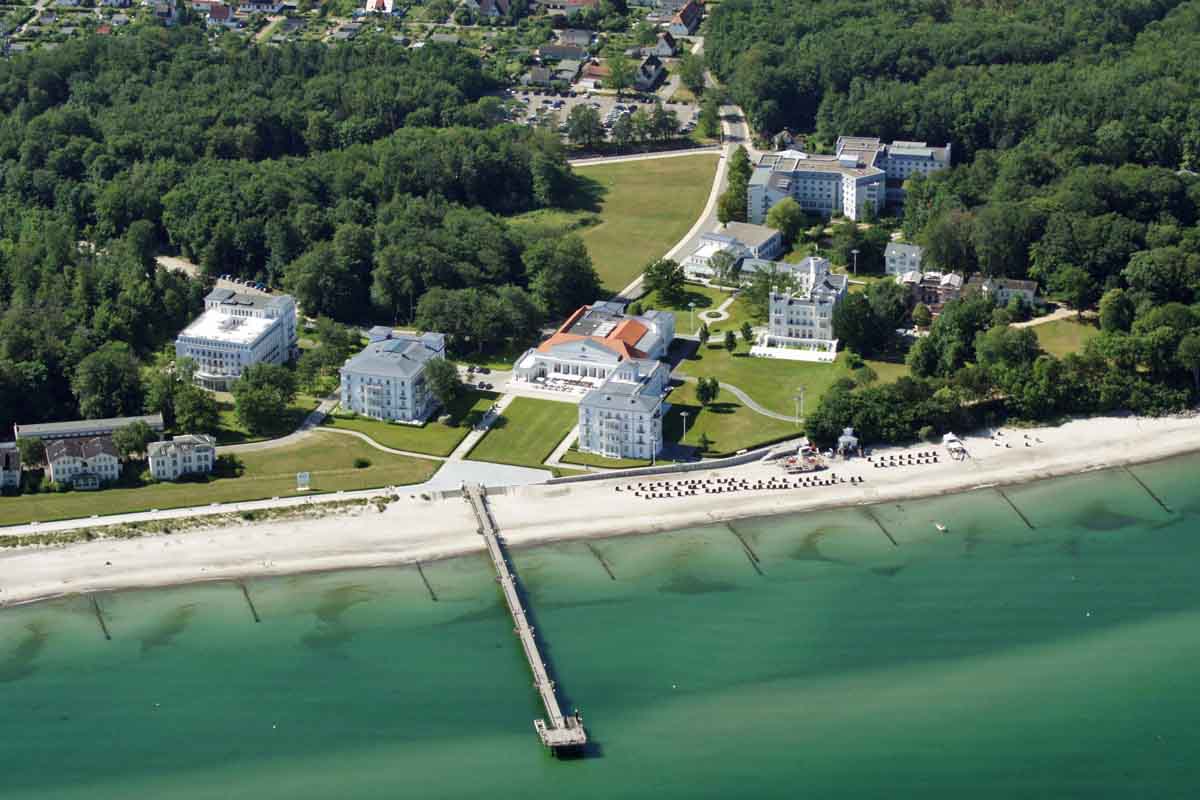
Heiligendamm
Heiligendamm was also Germany's first seaside resort, having been created by the Duke of Mecklenburg in 1793 after he discovered the health benefits of sea bathing from Brighton. Further east, the islands of Rugen and Usedom soon developed resorts and now also have many old hotels with traditional seaside architecture and ‘Wellness’ spas as the Germans call them, a combination of wellbeing and fitness.
The Duke also built a railway to Heiligendamm from his summer residence a couple of miles inland at Bad Doberan. This narrow-gauge line, affectionately known as the Molli, continues on to Kühlungsborn with a regular steam train service, a scenic 30-minute ride.
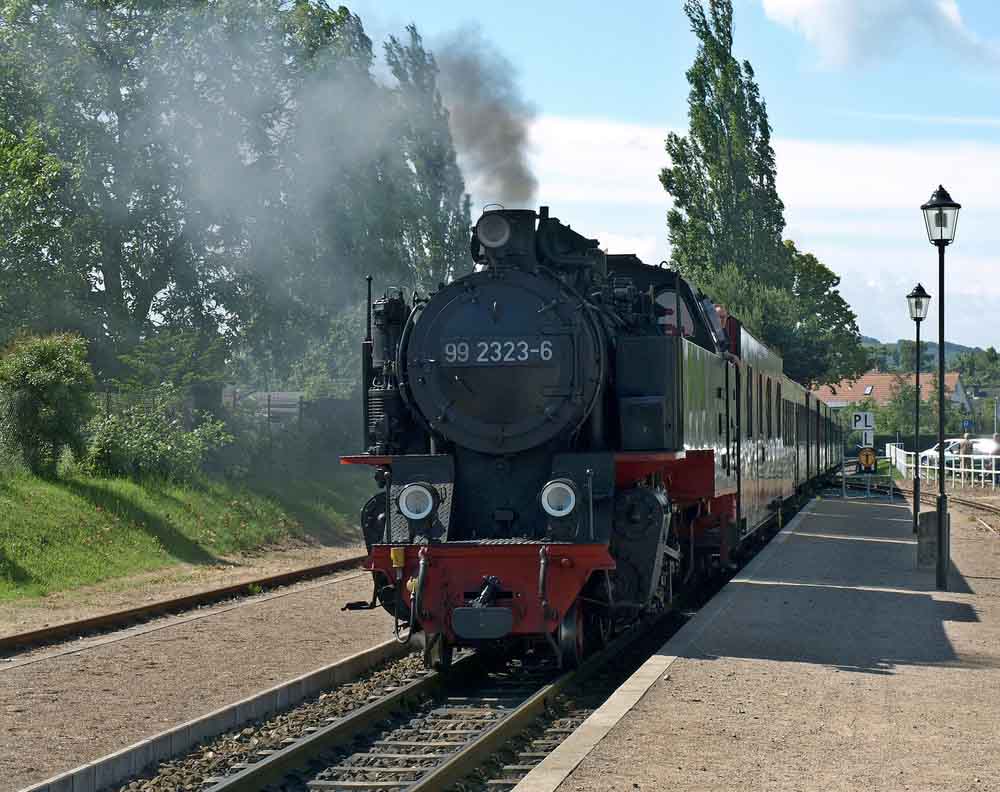
The Molli steam train
So how does Germany’s Riviera compare with its famous namesake in France? It does not have quite the same glamour, but its summers are hot and sunny with cooling breezes, there is plenty of towel space on the beaches, hotel standards are high (at lower prices) and the ambiance is relaxed and child-friendly.
Getting there:
Preferring rail over air, we travelled by Eurostar to Paris and caught the overnight City Night Line sleeper to Hamburg which is a two-hour journey by train for a connection from Rostrock to Bad Doberan and the Molli. DERTour offers packages to the Polar-Stern at Kühlungsborn by rail or air; for more details visit www.dertour.co.uk , www.bahn.com/uk and www.german-riviera.com/en .
For rail travel information from the UK to Germany please click on the Rail Europe advertisement alongside this article.
You may also like to read
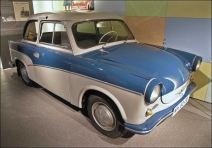
GERMANY - CARS AND TRAINS IN IT'S CULTURAL HEART.
Car and trains in Saxony are the stars of this article by Tour-smart's Editor Anna.

GERMANY - DRESDEN
Tour-smart's Anna Hyman brings this beautiful city to life for us.

Comments